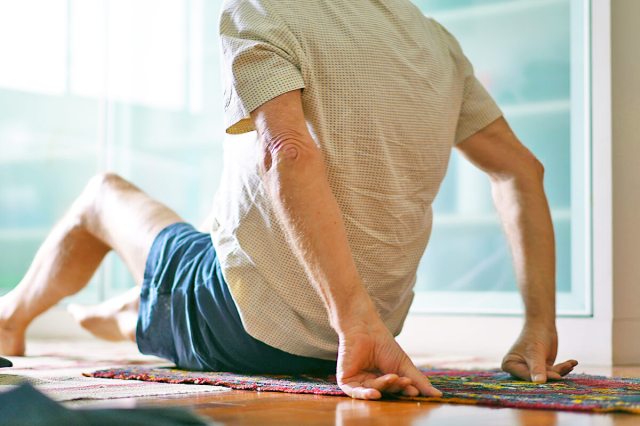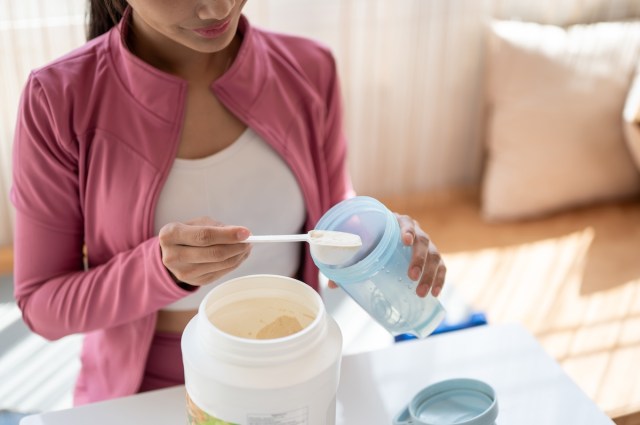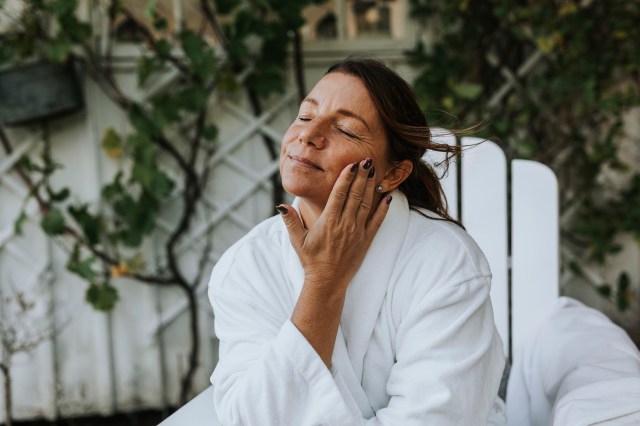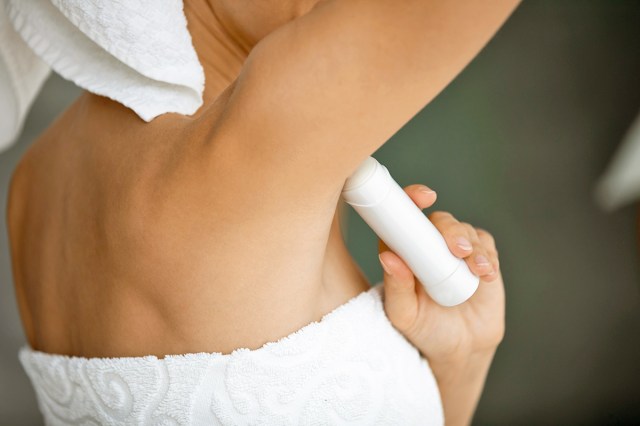From fine wine to a pair of well-worn blue jeans, it’s said that things get better with age. But unlike a bottle of Cabernet Sauvignon that can improve just by sitting there, we humans need to stay active as we get older to stay fit and healthy. Even if you visit the gym regularly and follow a strict diet, it can be challenging to determine how well you’re aging. Thankfully, you can do a quick fitness test from the comfort of your home, and it only takes five seconds of your valuable time. This test requires no special equipment or anyone to guide you — just an open space and a few moments to spare.
Prices are accurate as of June 13, 2024. Subject to change. All featured products and deals are selected independently and objectively by the author. Better Report may receive a share of sales via affiliate links in content.
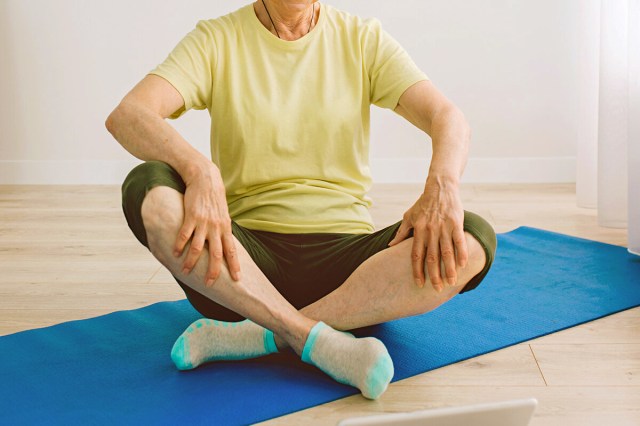
The Sit-To-Stand Test
The “sit-to-stand test” isn’t a panacea by any means, but rather an indirect measure of one’s personal fitness backed by a 2012 research study. To begin, stand upright in an open space. Then sit cross-legged on the floor before returning to a standing position. While this may sound easy, the trick is to avoid using your hands, forearms, or other parts of your upper body and torso to help you stand up. Your leg and core muscles are the only muscles you’re supposed to rely on.
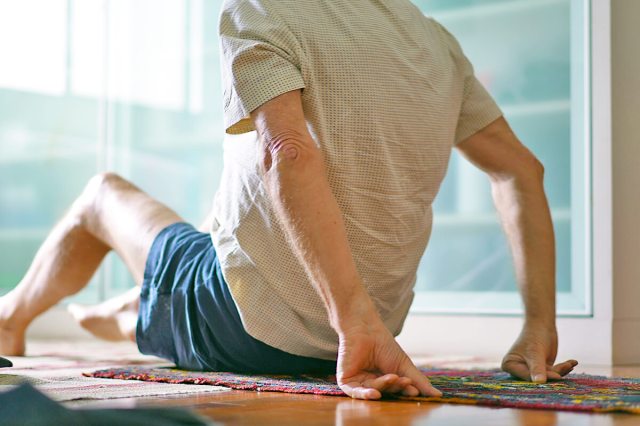
Scoring the Test
Give yourself 10 imaginary points at the start of the test. Then subtract one point every time you use your arms, torso, hips, or even your knees to help you get from a standing position to a sitting position and vice versa. If you can sit down and stand back up without assistance, then you score a perfect 10. If you’re unable to sit down or stand back up at all, then your score is zero.
According to Dr. Natalie Azar — a medical contributor to NBC News — achieving a score of eight or higher is ideal. However, she acknowledges that some people may not be able to perform the test due to a recent injury or genetic musculoskeletal limitations, although those individuals may be extremely fit. All this is to say that there are flaws within the test that fail to account for certain circumstances, so your score shouldn’t be taken as gospel. Instead, look at your score as a potential indicator of personal fitness rather than an indisputable fact.
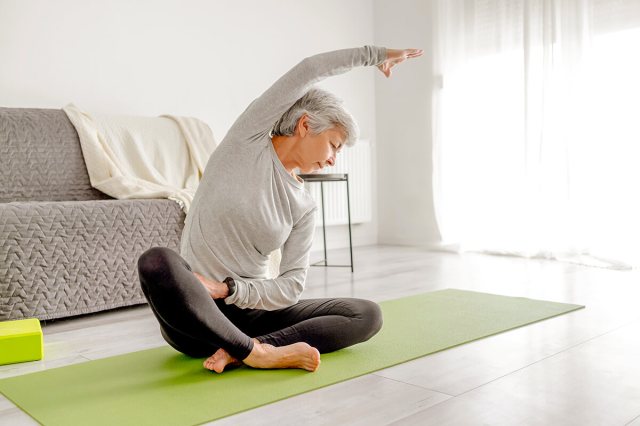
The Science Behind This Test
According to the aforementioned 2012 study, a successful sit-to-stand test may indicate stronger cardiovascular health, high-quality core strength, and more desirable levels of balance and flexibility. The study also determined that the test was a solid indicator of an increased risk of mortality for participants between the ages of 51 and 80. Again, it’s important to note that this test is far from a sure science but something that we can make reasonable assumptions about based on the results.
Reader Favorites
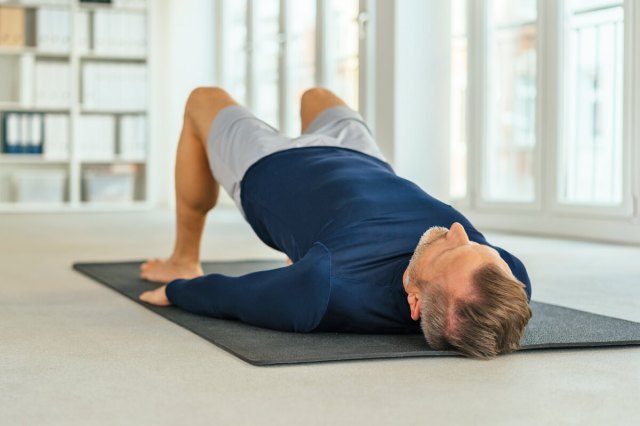
How To Achieve a Higher Score
If you didn’t score as high as you hoped, there are methods for improving your core strength and flexibility that anyone can do from home. Bridges are among the best core exercises — especially for older adults. In order to perform a bridge, lay flat on your back and lift your butt high off the ground. Then contract all of your core muscles before returning to your original position. Repeat several times for as long as you’re able. While you can do bridges on any floor or carpet, we recommend grabbing a yoga mat for added comfort and stability.
To improve your flexibility, plenty of low-impact exercises like yoga and pilates are ideal for people of any age. Another wonderful exercise is swimming, as it helps lengthen the muscles without putting pressure on your joints. Before heading to the pool, we suggest picking up a pair of solid goggles and a comfortable silicone cap that can help keep your hair dry.
More From Our Network
Better Report is part of Inbox Studio, which publishes content that uplifts, informs, and inspires.
